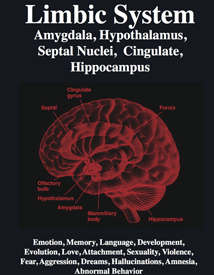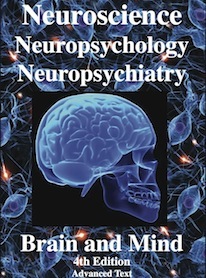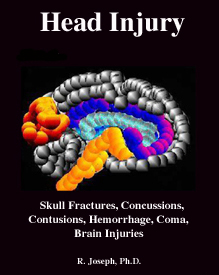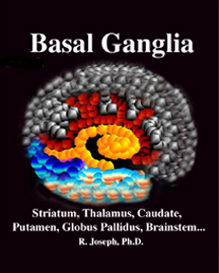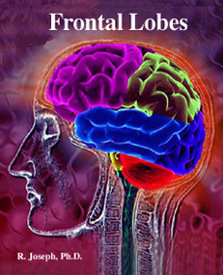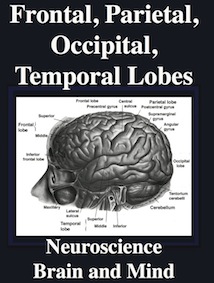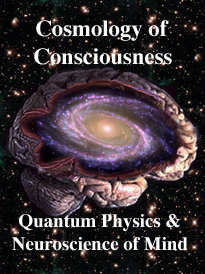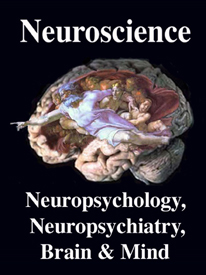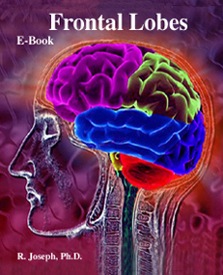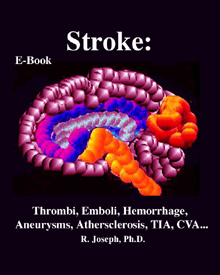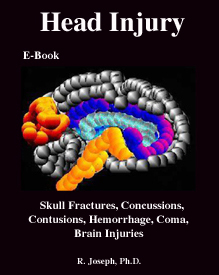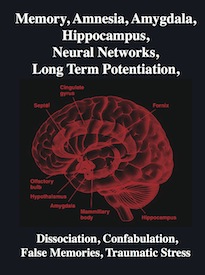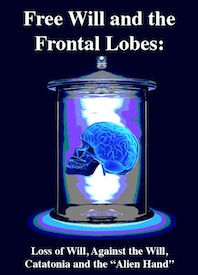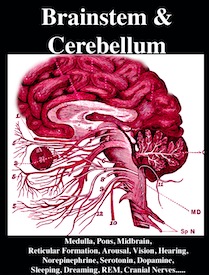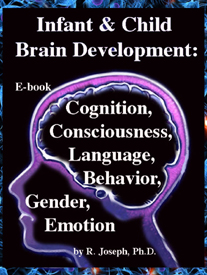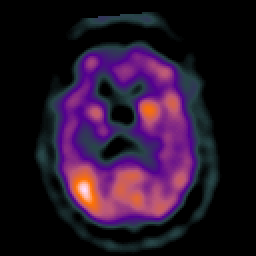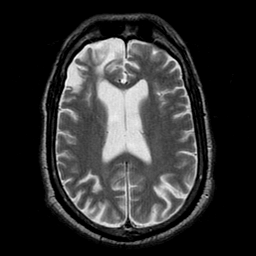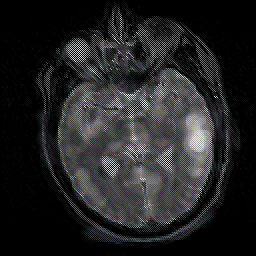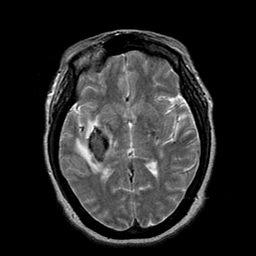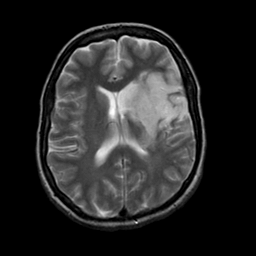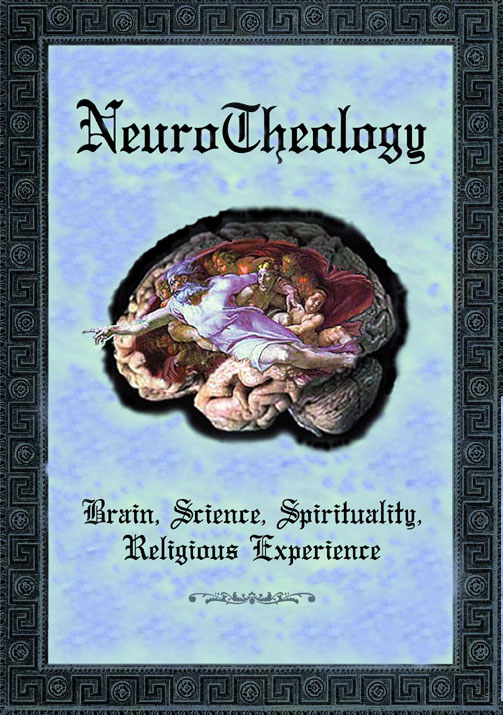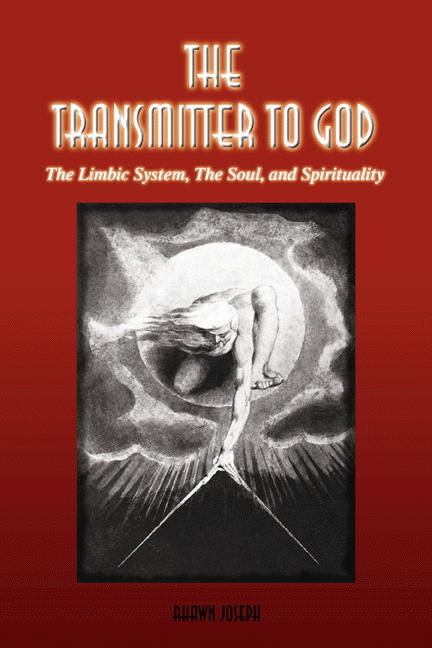|
|
|||||||||||||||
|
||||||||||||||||
|
||||||||||
|
|||||||||
|
||||||
Depicting the Gyri and Sulci of the Superior Parietal & Frontal lobes. |
 |
|
|
|
| STROKE. Two images of a parietal lobe stroke coupled with an old frontal lobe stroke. Stroke is often secondary to occlusion of the cerebral arteries due to cerebrovascular disease, atherosclerosis and vascular abnormalities of the heart or blood vessels. The blood vessels may become clogged by thrombi or emboli which break off from the inside of the heart or other blood vessels and which then travel up into the brain where they clog the artery. Stroke may also due to the buildup of debris within the cerebrovasculature which narrows and then occludes the vessel. Loss of blood flow for as little as 10-30 seconds can induce dizziness, confusion, and loss of consciousness. Within 3 minutes, neurons and glia begin to die. |
|
|
|
| Temporal-Frontal Lobe Stroke. At rest the brain consumes about 20% of the body's oxygen intake, and 70% of the total glucose. Because the brain cannot store these substances, if blood flow is decreased by only 40% neurons may begin to "starve" and die. In addition, if neuronal metabolic waste products cannot be removed, due to occlusion of the vessel, neurons will burst and die due to toxicity thus killing adjacent neurons whose blood supply remains intact. |
|
|
|
HEMORRHAGE. Hemorrhage is due to the rupture of a blood vessel which in turn may be due to a head injury, the rupture of an aneurysm or venous malformation, or weakening and death of the vessels due to occlusion by a thrombus. Bleeding may be minute and then cease altogether, or the bleeding may continue slowly such that a pool of blood begins to build up over hours, days, or even weeks. If a major artery ruptures. or if the vessel is severed, bleeding may be profuse such that blood rushes out of the broken artery and begins to pool, which in turn puts pressure on adjoining brain tissues. Hemorrhage can induce coma and then death if the build up blood compresses the brain which is squeezed down into the foramen magnum such that the brainstem becomes compressed--also referred to as herniation. STROKE. The middle cerebral artery perfuses the lateral surface and deep structures of the temporal lobe as well as the adjoining frontal, parietal, and occipial tissues. Occlusion of this artery induces massive cognitive impairments, including (with left hemisphere stroke), loss of the ability to comprehend language or written words (receptive aphasia and alexia) or to speak intelligibly or to write (expressive aphasia and agraphia). With right hemisphere stroke, the capacity to perceive or appreciate music and the emotional aspects of speech may be lost, including the ability to sing or to vocally convey emotion. |
Depicting the Gyri and Sulci of the Temporal lobes. |
 |
The Whole Brain Atlas CD-ROM
by Keith A. Johnson, M.D. (keith@bwh.harvard.edu) and
J. Alex Becker (jabecker@mit.edu)
The Whole Brain Atlas CD-ROM includes over 13,000 brain images
|
|
|
|
|
|
|
|
|
|
|
|
|
|
|
|
|
|
|
|
|
|
|
|
|
Copyright © 2000-2006 All Rights Reserved
